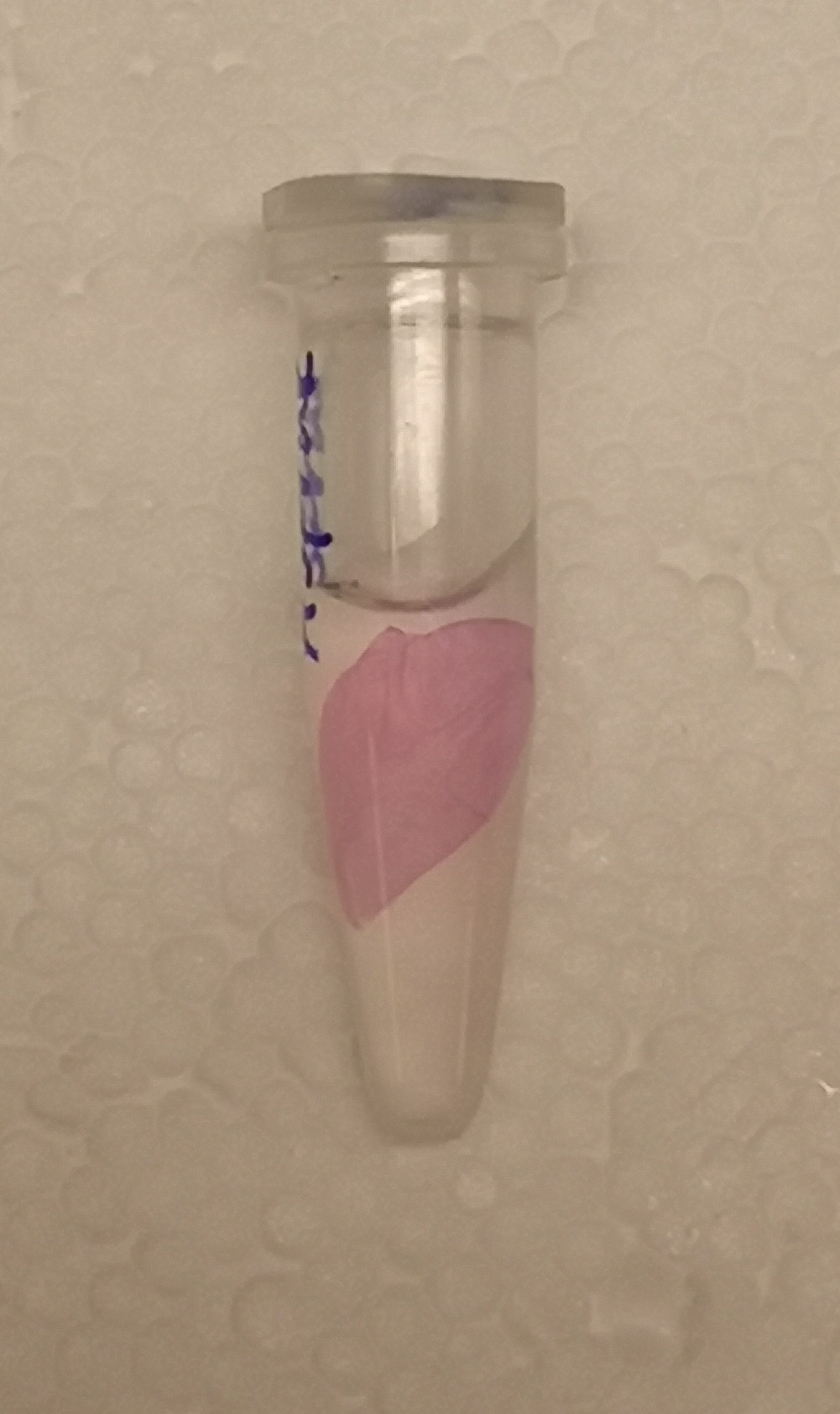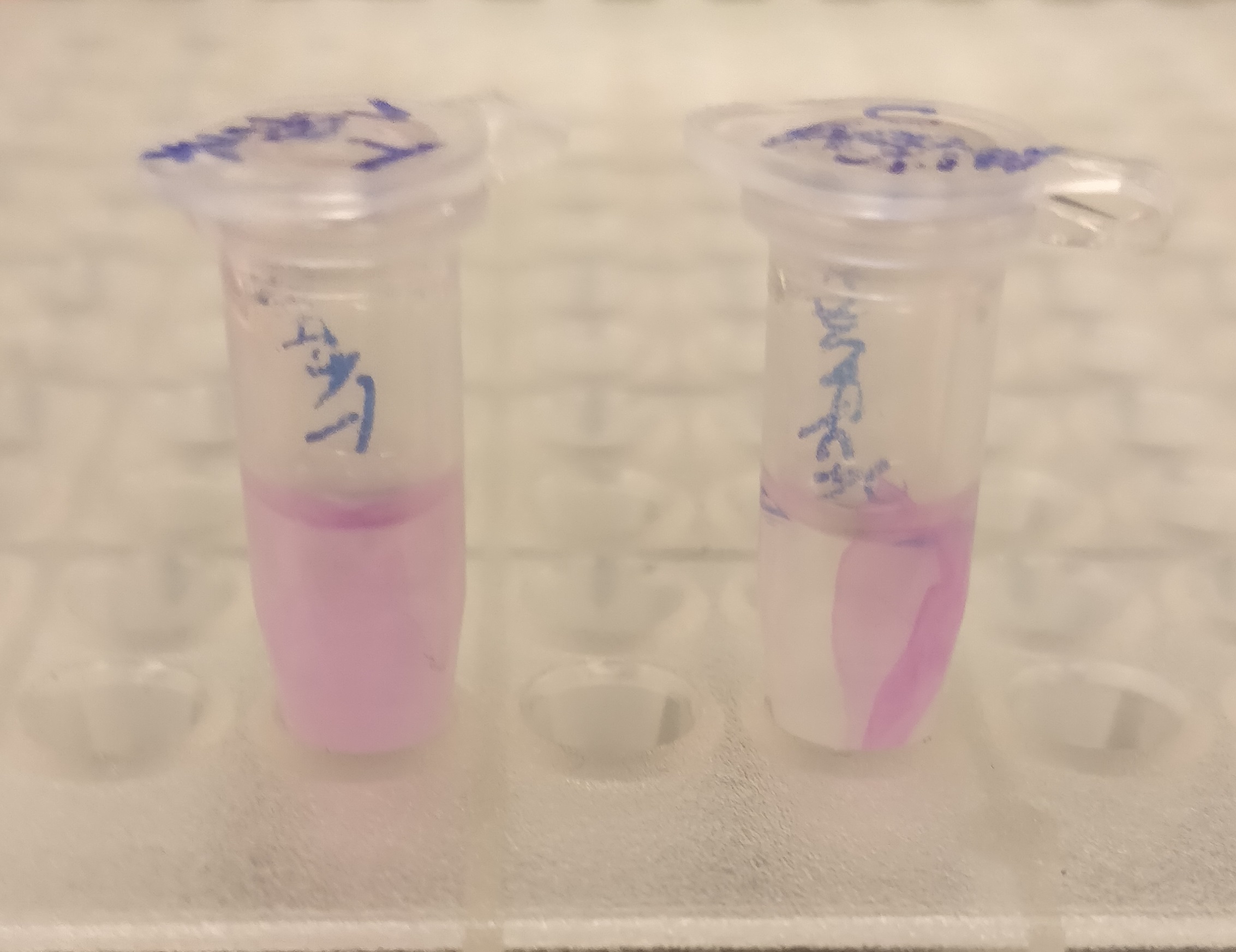Difference between revisions of "Part:BBa K1033933:Experience"
(→Applications of BBa_K1033933) |
(→Applications of BBa_K1033933) |
||
| Line 17: | Line 17: | ||
<br><br> | <br><br> | ||
| − | [[File:T--Linkoping Sweden--aspink bunden vs obunden.jpeg|150px|left|thumb|<b><I>Figure 2.</I></b> To test the release mechanism, human thrombin and cleavage buffer was added to the bandage and incubated for 16 hours on an end to end rotator. ]] | + | [[File:T--Linkoping Sweden--aspink bunden vs obunden.jpeg|150px|left|thumb|<b><I>Figure 2.</I></b> To test the release mechanism, human thrombin and cleavage buffer was added to the bandage and incubated for 16 hours on an end to end rotator. ]] <b> CBD-asPink thrombin cleavage</b><br> |
<br><br><br><br><br><br><br><br><br><br><br><br><br><br><br> | <br><br><br><br><br><br><br><br><br><br><br><br><br><br><br> | ||
<br> | <br> | ||
Revision as of 08:34, 27 August 2019
This experience page is provided so that any user may enter their experience using this part.
Please enter
how you used this part and how it worked out.
Applications of BBa_K1033933
2019 iGEM team Linkoping Sweden
2019 iGEM team Linkoping Sweden validated this part.
CBD-asPink bindning capacity
To test the bindning capacity of CBD-asPink (BBa_K3182000) the white microbial cellulose bandage was into the sonicated lysate of BL21(DE3) with the expressed fusion protein (see Figure 1) and incubated for 30 minutes. The bandage was then washed thrice in 70% ethanol which confirmed that the bindning of CDB-asPink was still intact after the washes to the bandage.
CBD-asPink thrombin cleavage
User Reviews
UNIQ71576c3b0f0bef25-partinfo-00000001-QINU UNIQ71576c3b0f0bef25-partinfo-00000002-QINU


